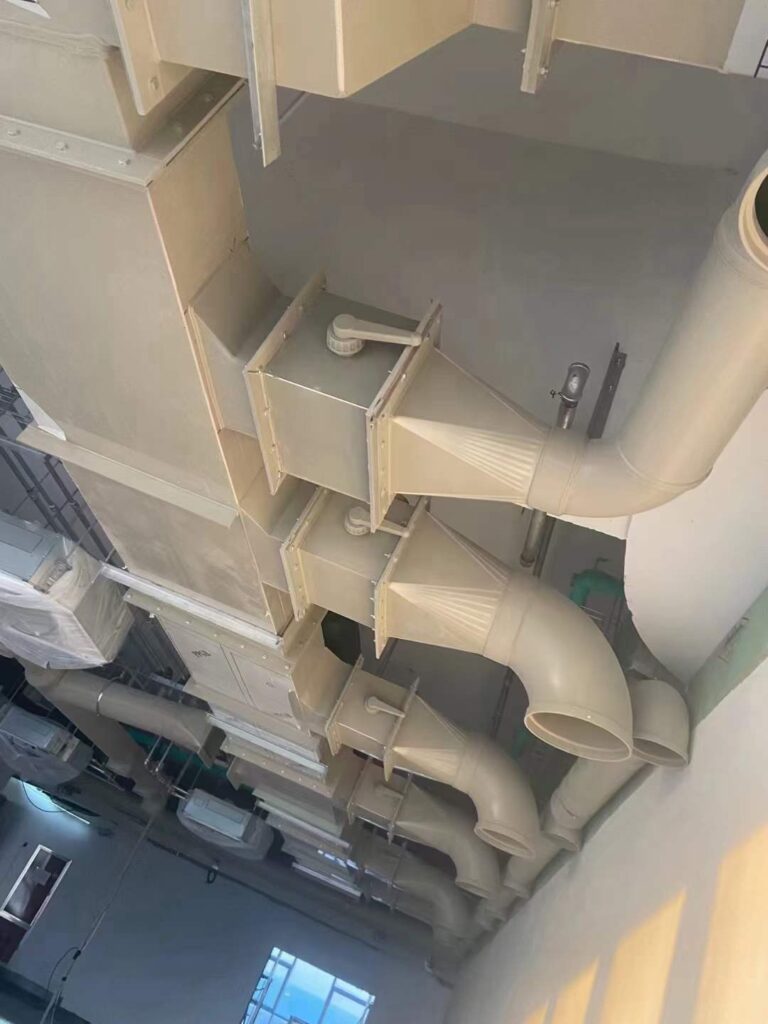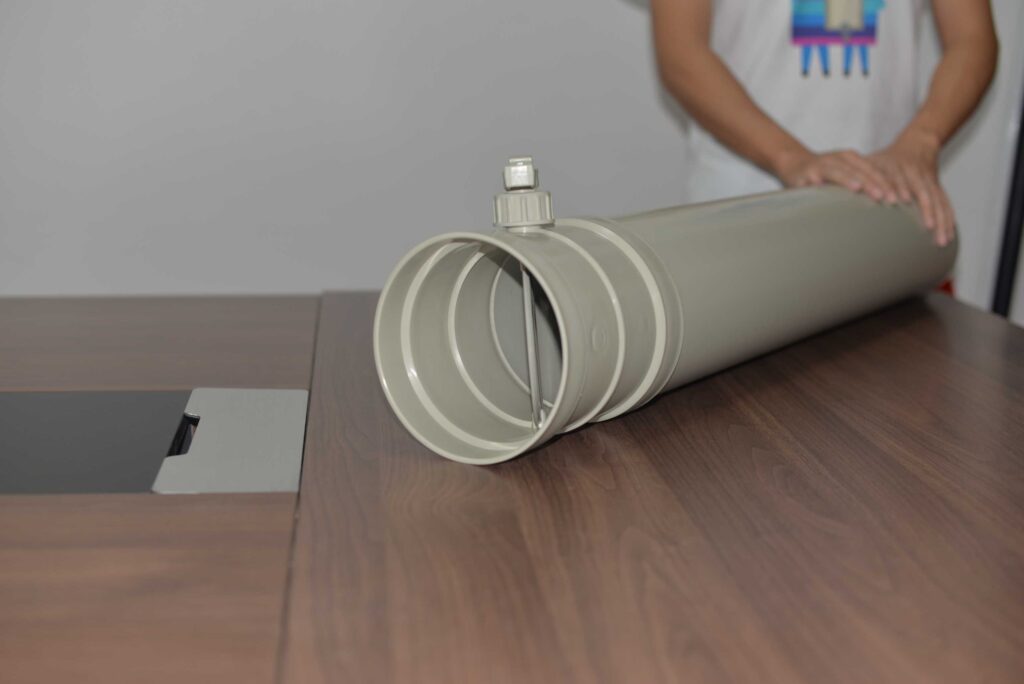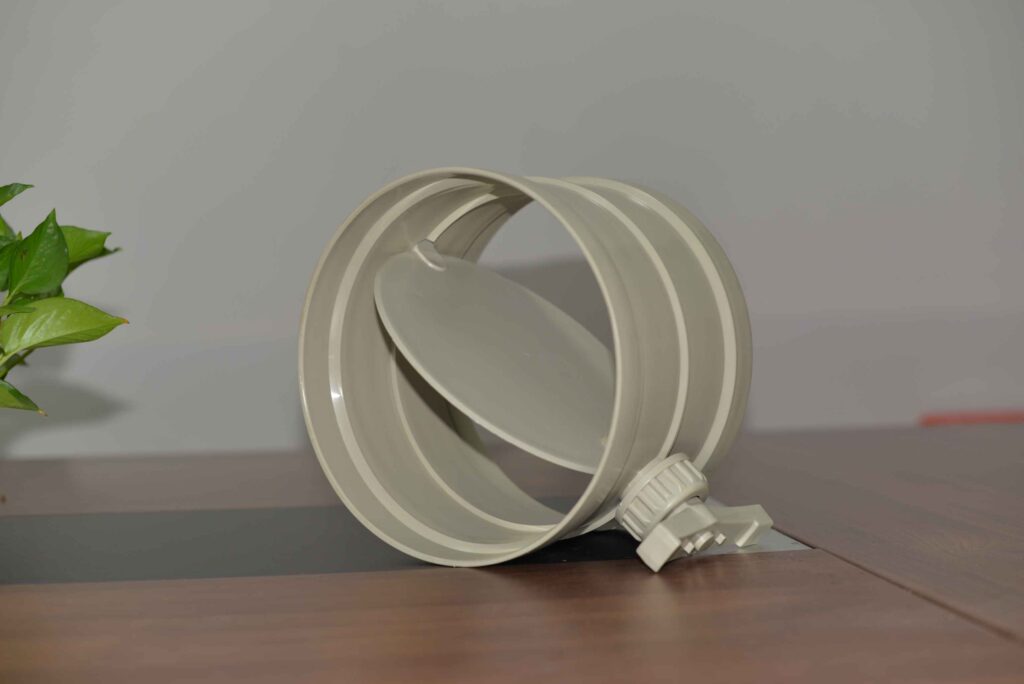How to maintain the air duct damper valve?
Category : Blog
Air duct dampers are an essential component of an HVAC system that regulates the flow of air within the system. They are used to adjust airflow, control temperature, and provide energy efficiency in heating, ventilation, and air conditioning systems. Air duct damper valves are typically made of steel or aluminum and consist of a blade or plate that moves within the ductwork to adjust the airflow.
Maintaining air duct damper valves is crucial for ensuring that your HVAC system operates efficiently and effectively. Regular maintenance helps to prevent issues such as duct leakage, energy loss, and decreased indoor air quality.

How to maintain the air duct damper valve:
Clean the damper blades
Dirt, dust, and debris can accumulate on the damper blades, making them less effective. Regularly cleaning the blades will help to ensure that they move freely within the ductwork. Use a soft brush or a vacuum cleaner to remove any debris that has accumulated on the blades.
Lubricate the damper blades
Applying a lubricant to the damper blades will help to ensure that they move smoothly and do not get stuck. Be sure to use a lubricant that is compatible with the material of the damper blades. Do not use petroleum-based lubricants, as they can cause damage to the damper blades.
Check for damage
Inspect the damper blades for signs of damage, such as cracks or bends. If you notice any damage, replace the damper immediately. Damaged dampers can cause air leakage, which can lead to decreased energy efficiency and decreased indoor air quality.
Check the damper linkage
The damper linkage connects the damper blade to the actuator or hand wheel that controls the damper. Check the linkage for signs of wear or damage, and replace any damaged parts. A damaged linkage can prevent the damper from opening or closing properly, which can lead to decreased energy efficiency and decreased indoor air quality.
Test the damper operation
Periodically test the damper operation to ensure that it is working properly. This can be done by adjusting the damper and checking the airflow through the ductwork. If the airflow is not adjusted as expected, check the damper for damage or obstructions.
Keep the damper area clean
Make sure the area around the damper is kept clean and free of debris. This will help to ensure that the damper operates smoothly and does not get stuck.
Replace the damper as needed
Air duct damper valves have a lifespan of around 10 to 15 years. If your damper is older than this, it may be time to replace it. Replacement dampers should be sized correctly for your ductwork and should be compatible with your HVAC system.

In conclusion, maintaining air duct damper valves is crucial for ensuring that your HVAC system operates efficiently and effectively. Regular maintenance, including cleaning, lubricating, inspecting, testing, and replacing dampers as needed, will help to prevent issues such as duct leakage, energy loss, and decreased indoor air quality. By following these tips, you can ensure that your HVAC system operates smoothly and efficiently for years to come.
